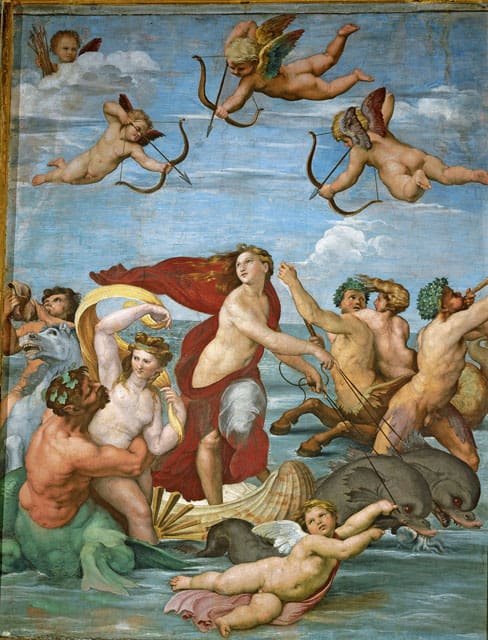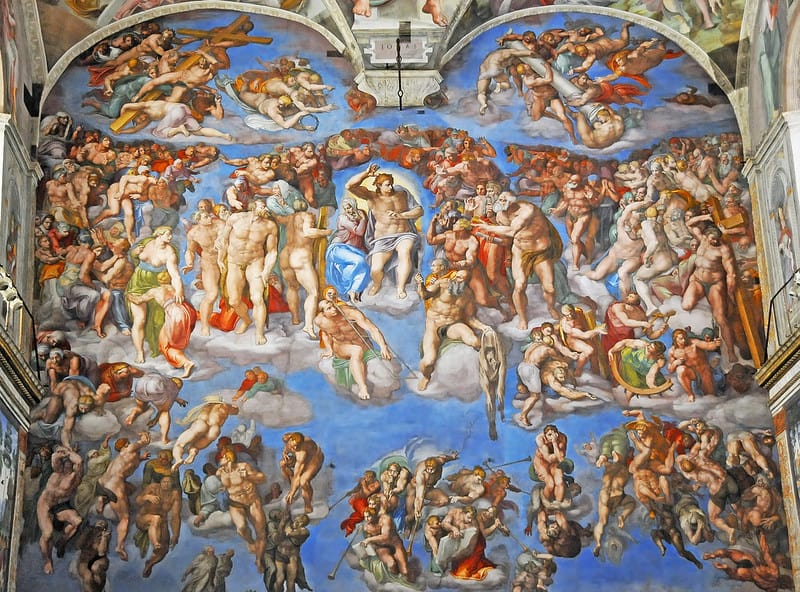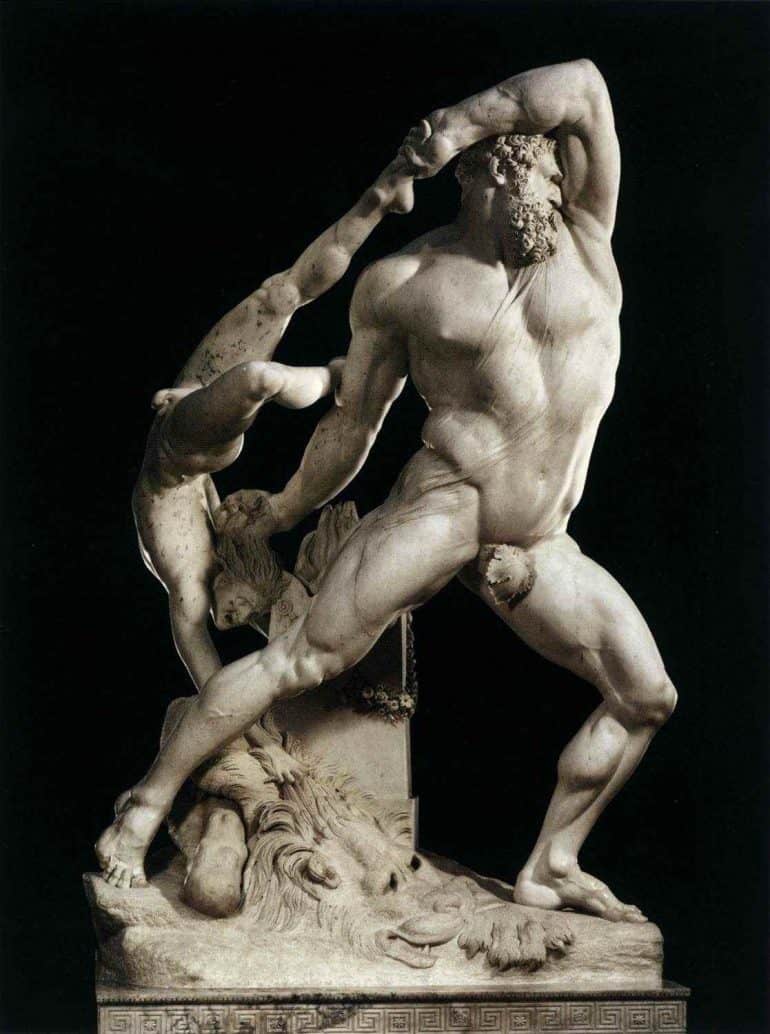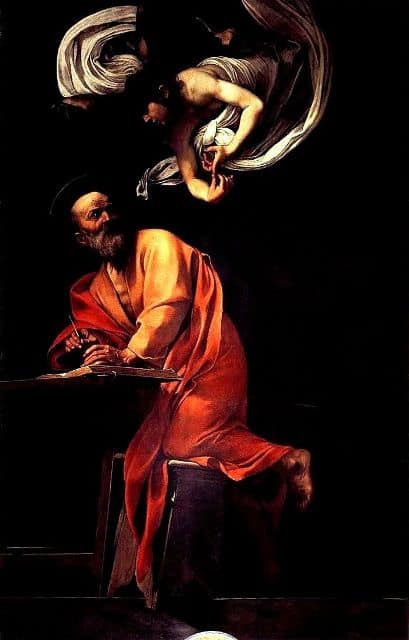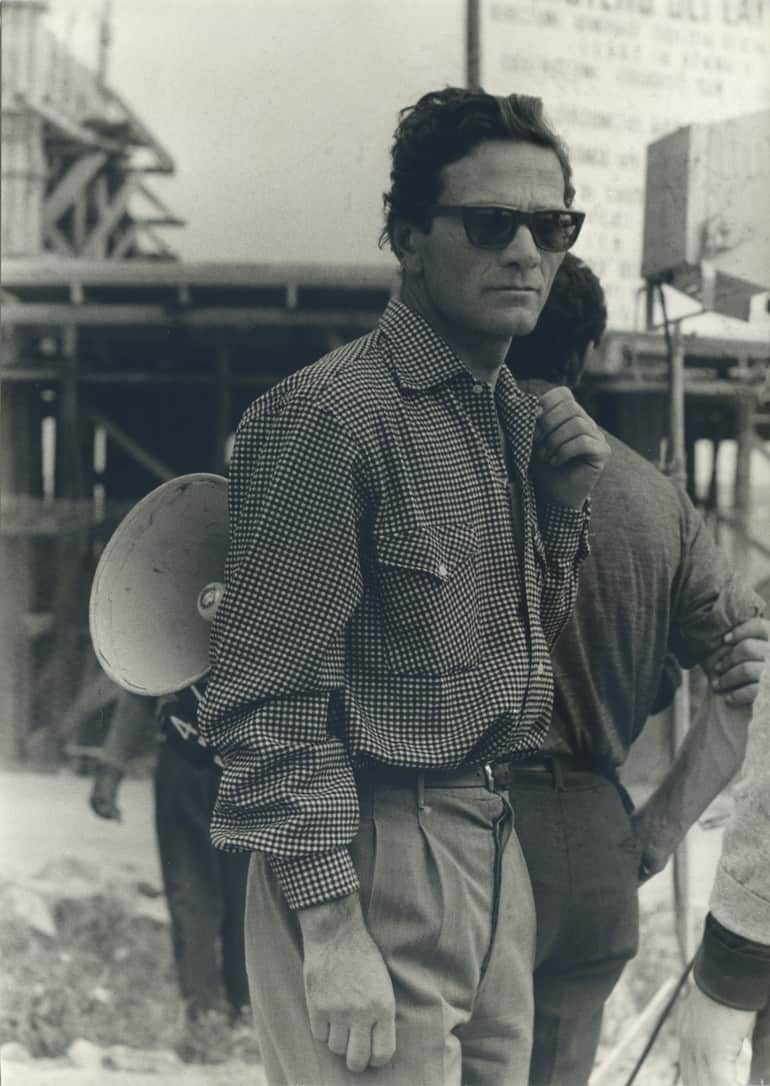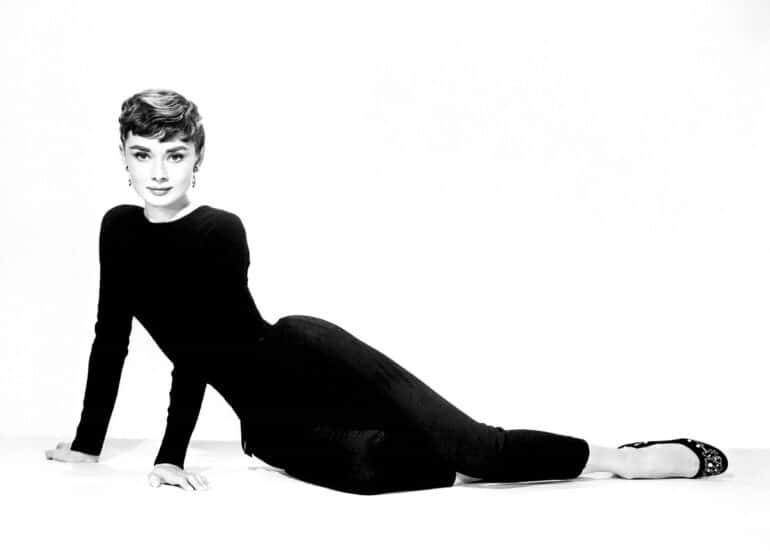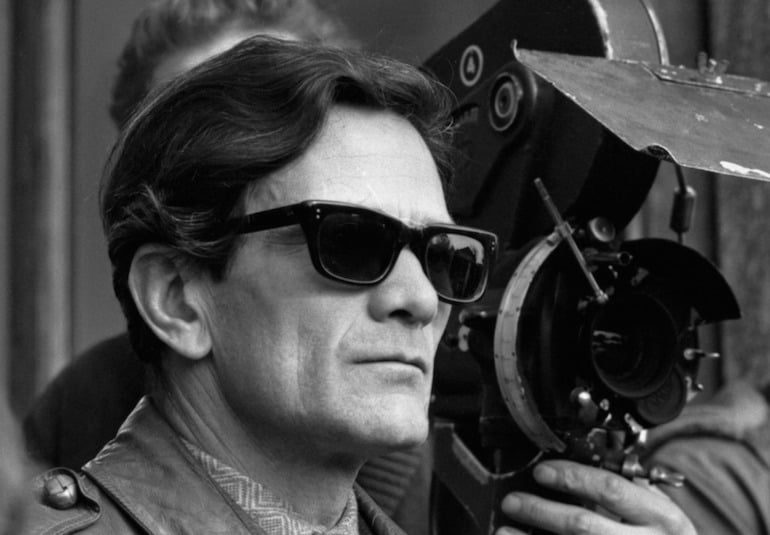
Rome: a home to the eclectic and profound artist, Pier Paolo Pasolini
On November 2nd 1975, the body of Pier Paolo Pasolini, poet, writer, film director and one of Italy’s leading intellectuals was found in Ostia. On the evening of his death, Pasolini had dined with actor Ninetto Davoli and his family at trattoria Pommidoro in the neighbourhood of San Lorenzo. That evening he had appeared gloomy, disheartened and in a bad mood.
Pasolini had made many enemies: he had condemned Italy’s political class for its corruption and collusion with the mafia. Pasolini’s death was convenient for many who were afraid of his mind and ideas.
It is not until someone dies that you really know who they are. Pier Paolo Pasolini
Luckily, despite his death, Pasolini still wanders the streets of Rome, that 47 years after his death still shout his name, ideals and inherent genius.
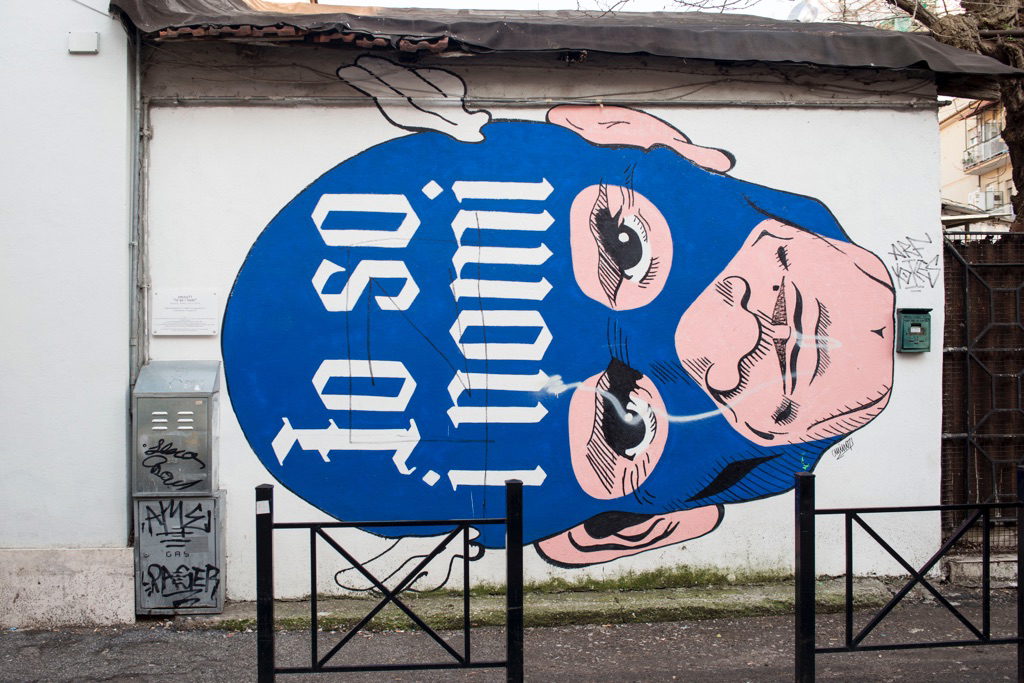
One of Pasolini’s preferred neighborhoods for filming and spending personal time was Pigneto. Here Pasolini pops up time and again in some of Rome’s best street art. In Via Fanfulla da Lodi you’ll find three murals all dedicated to him. The mural by Ominio 71, called Io so i nomi (I know the names), gets its title from the well-known quotation in an article by Pasolini written during the years of terrorism in Italy. In this work, Pasolini is represented as a superhero, bravely fighting against the political system.

Just a few meters forward, Pasolini’s eyes, painted in black and white, gaze over Pigneto. This work by Mauro Pallotta, aka Maupal is titled L’occhio e’ l’unico che puo’ accorgersi della bellezza (only the eye can see beatury) taken from a poem written by Pasolini. Just in front of this haunting mural, there is another work by Mr Klevra inspired by Pasolini’s film Il Vangelo Secondo Matteo (The gospel according to Matthew). The mural is a close-up of Margherita Caruso, the actress who played the role of the Virgin Mary in the movie.
In Pigneto you’ll discover another diverse part of Rome where locals go about their daily life, working, eating, drinking and raising their families, very different from the center of the ancient city. The neighborhood is bright, open and filled with relatively new apartments buildings and small homes with private gardens. While you are there make your way to one of Pasolini’s favorite spots, Necci dal 1924 (Via Fanfulla da Lodi, 68) which still remains the go-to place for the artists of Pigneto. Here you can dine in the outdoor garden, beautifully shaded by the trees that surround the space, or on a colder day take a seat inside and cosy up with a nice book while sipping your coffee or glass of wine.
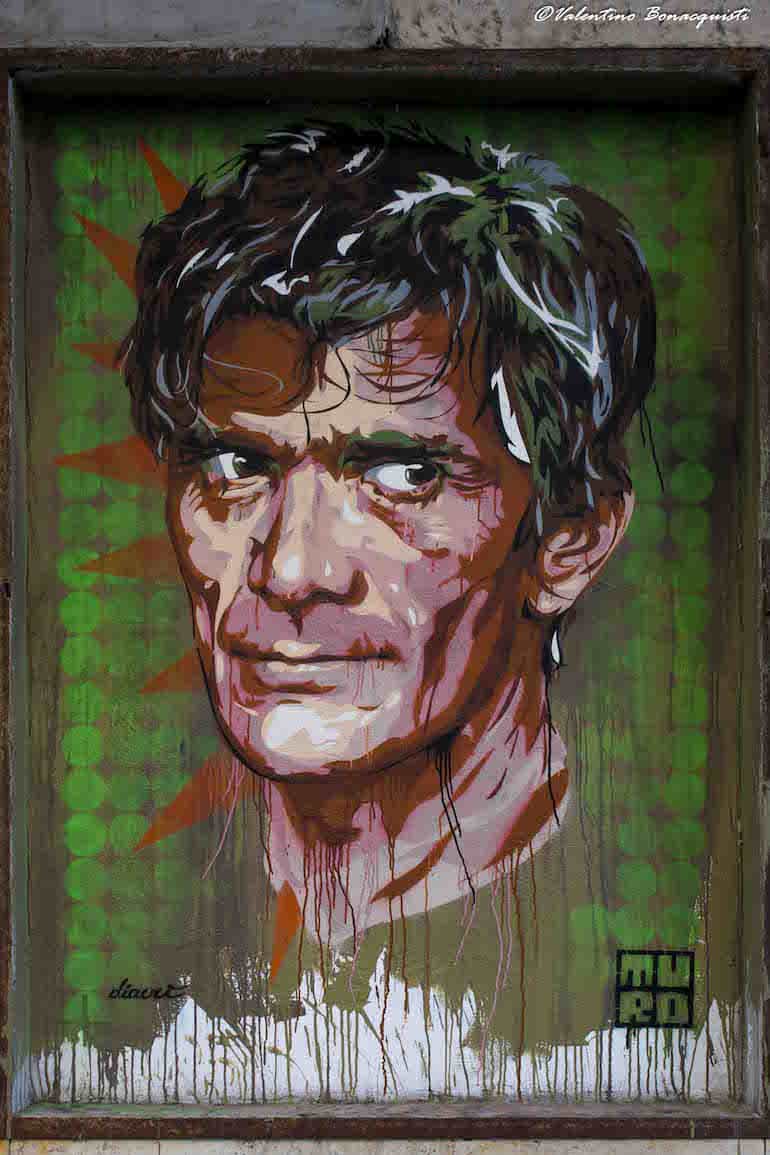
Another neighborhood loved by Pasolini, where he often searched for the most authentic Roman faces to feature in his films is Tor Pignattara. On Via dell’Acqua Bulicante, 121 you’ll encounter the work of street artist Diavù. His mural features portrait of four movie stars, Pasolini being one of them.

On Via Galeazzo Alessi, 215 you will find another huge mural by Nicola Verlato, an Italian artist living in LA, which depicts the descent of Pasolini’s body at the moment of his death. At the top is his killer while at the bottom young Pasolini is on his mother’s lap, encircled by the Italian poet Petrarch and his mentor Ezra Pound. The work which was originally titled Hostia by the painter has been renamed The Sistine Chapel of Tor Pignattara by locals.
While you’re in the area, eat at Osteria Bonelli (Viale dell’ Acquedotto Alessandrino, 172/174) for an authentic, unpretentious dining experience just like in the days of Pasolini. Reservations recommended.
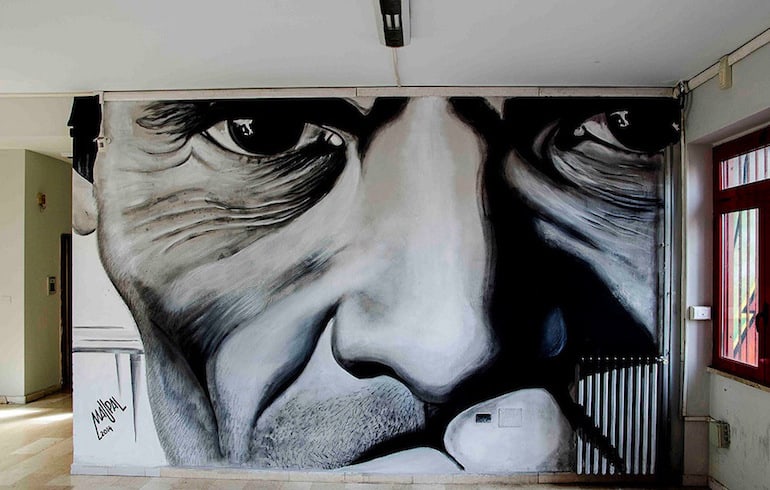
If you are willing to venture further, head to Ostia. The city not only served as the setting in a Pasolini film, but it also sadly became the ground on which his murder took place. Near the exact spot there is a school named after him, and inside the school there is a mural by Maupal. Outside, there is another street piece by Omino 71 and Mr.Klevra; the artists collaborated with one another, each painting part of the work. On the left of it a quote by Pasolini is written: “chi si scandalizza è sempre banale” (who gets scandalised is for ever trivial).
Perhaps the best place to have a pasta dish on this visit to Ostia would be Ristorante Monumento (Piazza Umberto, 18). This historical restaurant started in the 19th century and catered to the men that were working on the local marshlands; it is the favorite of sightseers who crave a homemade dish of pasta with excellent seafood.
What we remember about Pier Paolo Pasolini was his willingness throughout his life to search for the truth. Looking at the current state of affairs, one cannot help but think of Pasolini and remember the crucial importance of fighting and searching for the truth and equality in the world around us.


